A BBC reporter got a startling look inside a Russian fur farm
Yates went to a fur shop to find out how much a wild sable coat sells for. The store's owner was reluctant to tell him the cost, though he said it's very expensive. Typically, the average wild sable fur coat — which is made from the fur of 40 sables — sells for thousands of dollars, the BBC reports.

In Russia, it's not just the fur of hunted sable that is available for sale. Farmed fur, which requires animals to be raised and killed for their skin, is also on the market.
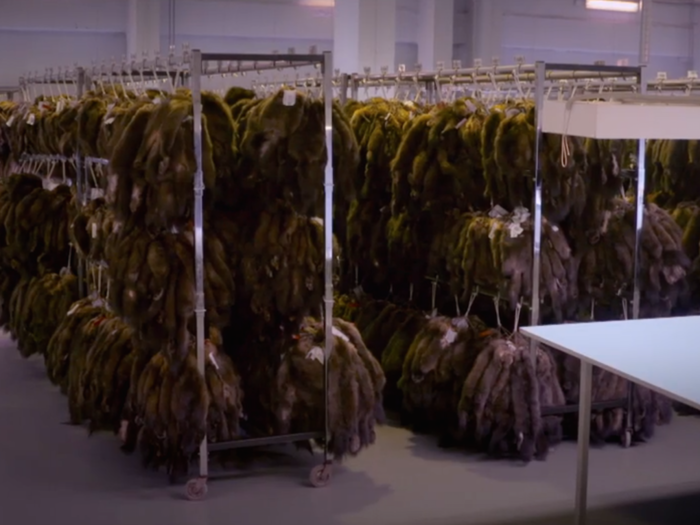
Wild sable fur is so sought-after that it goes up for auction. A quarter of a million wild sable pelts will go up for auction this week, according to the BBC.

Yates visited a fur farm on the outskirts of Irkukst, the second largest city in Siberia. Here's what it looks like.
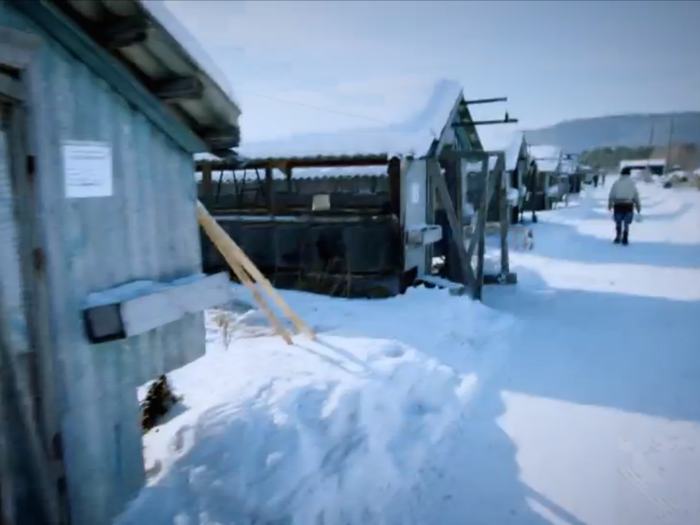
At the fur farm, wild sable are kept in a small shed-like space filled with cages. The farm produces 70,000 pelts each year, according to the BBC. (One sable makes one pelt and around 40 sable are required to make one coat.)
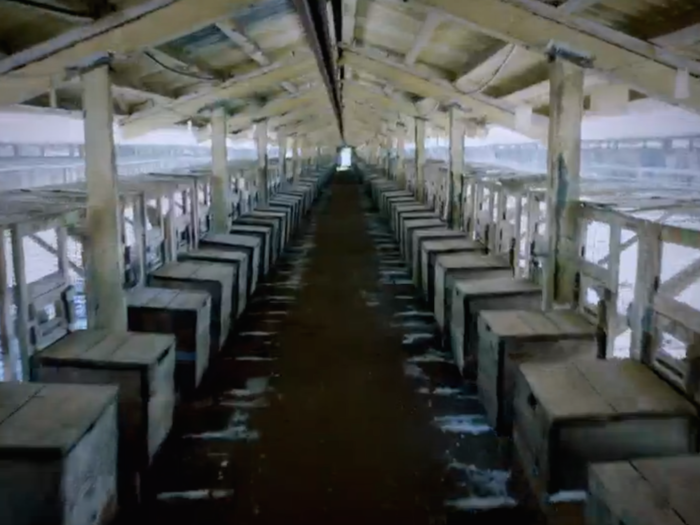
In the documentary, the animals appear to be frantically jumping around their cages. "These animals seem desperate to escape," Yates said. In the wild, sable are accustomed to running long distances so they can stay warm, a farm worker told the BBC.
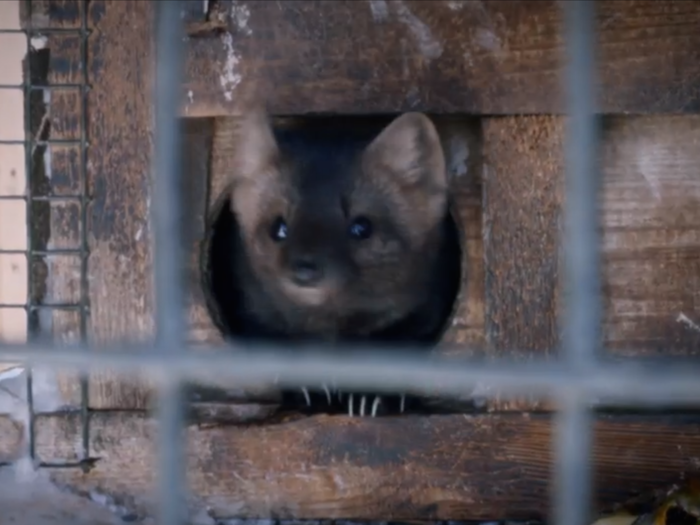
The fur farm is so large that a worker — who wears a sable hat — had to drive to reach the other end.
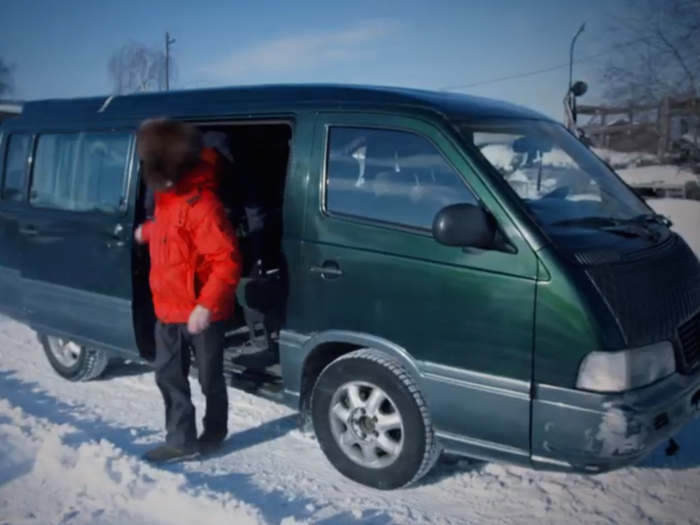
The farm breeds other animals for fur, including arctic foxes and even a lynx. "These animals are clearly in a state of distress," Yates commented, after seeing the creatures locked in small cages.
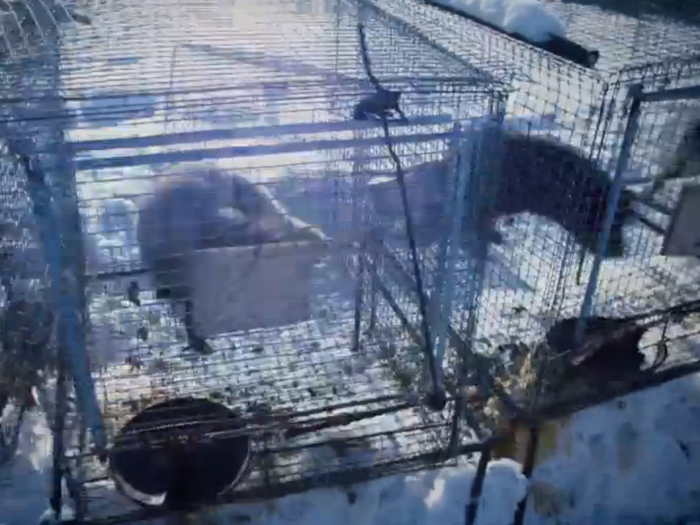
The farm also breeds mink, which are locked in similar cages to the sable. The International Fur Federation has since told the BBC that it has made contact with the Russian Fur Federation to ask them to investigate the fur farm included in the documentary.
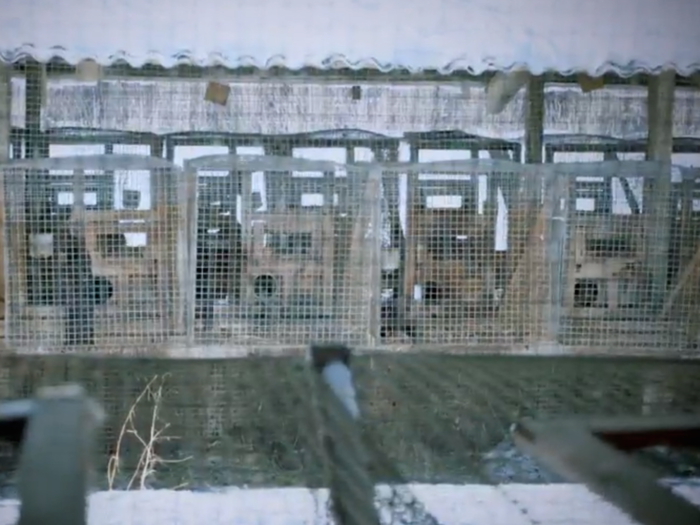
Popular Right Now
Advertisement